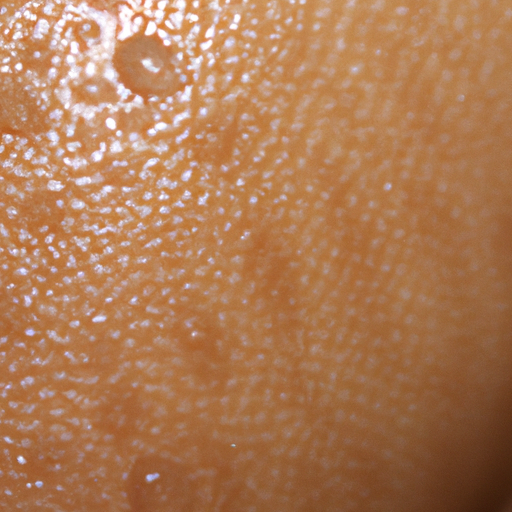As a skincare expert, I have encountered numerous individuals struggling with oily skin. The glossy sheen on their faces is often a cause for concern, leading to a quest for solutions to manage this condition. However, to effectively address oily skin, it is crucial to understand its symptoms and causes.
Oily skin is characterized by an excess production of sebum, an oily substance produced by the sebaceous glands in the skin. This overproduction results in a shiny or greasy appearance, often accompanied by enlarged pores. Individuals with oily skin may also experience frequent breakouts of acne, blackheads, and whiteheads due to the clogging of pores with excess oil and dead skin cells.
The primary cause of oily skin is genetic predisposition. If your parents have oily skin, there’s a high chance you will too. However, various other factors can exacerbate or trigger the condition. Hormonal fluctuations, particularly during puberty, pregnancy, or menstruation, can stimulate sebum production. Stress can also play a role as it triggers the release of cortisol, a hormone that can lead to increased oil production.
Environmental factors are another significant cause of oily skin. Humidity and heat can stimulate the sebaceous glands to produce more oil. On the other hand, cold weather and harsh skincare products can dry out the skin, causing it to overcompensate by producing more oil.
Diet can also influence skin oiliness. Foods high in sugar and fats can cause inflammation in the body, leading to an overproduction of oil. Additionally, dehydration can cause the skin to produce more oil as a protective response.
Understanding these causes is the first step towards managing oily skin. It’s important to remember that sebum isn’t inherently bad. It protects the skin from environmental aggressors and keeps it moisturized. The goal isn’t to eliminate oil production but to balance it.
In terms of skincare, opt for products specifically designed for oily skin. These products should be non-comedogenic, meaning they won’t clog pores. Ingredients like salicylic acid, benzoyl peroxide, and retinoids can help control oil production and prevent acne.
It’s also crucial to maintain a consistent skincare routine. Cleansing twice a day can help remove excess oil and impurities. However, avoid over-cleansing as it can strip the skin of its natural oils, causing it to produce more oil. Incorporate a toner to help balance the skin’s pH and a lightweight, oil-free moisturizer to keep the skin hydrated without adding extra oil.
Dietary changes can also help manage oily skin. Incorporating foods rich in omega-3 fatty acids, like fish and walnuts, can help regulate oil production. Drinking plenty of water can also keep the skin hydrated and reduce oiliness.
In conclusion, oily skin is a common condition influenced by various factors, including genetics, hormones, environment, and diet. By understanding these causes and symptoms, individuals with oily skin can implement effective strategies to manage their condition. Remember, every skin type is unique, and what works for one person may not work for another. Therefore, it’s always best to consult with a dermatologist or skincare expert to create a personalized skincare routine that suits your specific needs.



